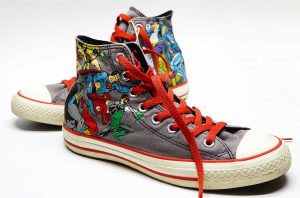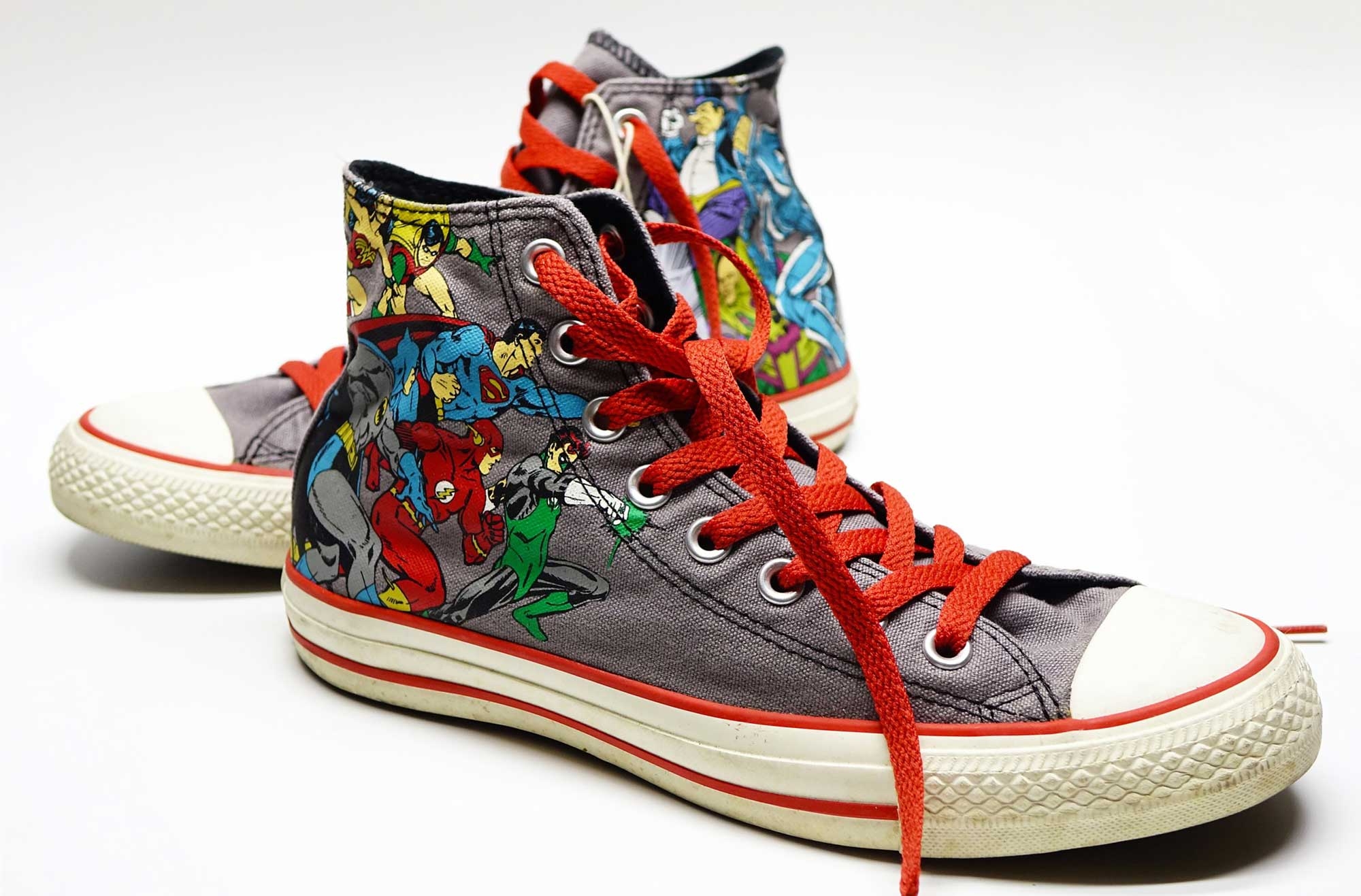Is Your Message Speaking to Your Hero?
March 23, 2018 | Marketing
By Lindsay Harle
Yes – I know, I know, it’s corny to use words like “hero” when speaking about your marketing, but it often helps when crafting your marketing content so it’s not just “marketing fluff.” In other words, your hero gives you someone to focus on when writing, making it easier for you to connect with your reader.
So, who is your hero?
Your hero is the one person you’re looking to write to, whether it’s in a sales letter, blog, press release, social media post, website, whatever! This makes it easier in developing your marketing message to speak directly to one person…and encourages more action out of them. In determining who your hero is, identify:
- Who are they in terms of gender, age, job, marital status, all the fun demographic info,
- Who are they in terms of values, beliefs, and lifestyles – their psychographics,
- What pain / current headspace they are in, and
- What emotional response your message should raise in them?
Once you’ve narrowed this down, you can zero-in your key message to speak to them because you’re meeting them where they’re at mentally.
But, what the heck is a key message?
Your key message is the one thing that guides your content, the one thing that makes it clear to your hero 1) the purpose of your content, and 2) that the message is without a doubt for them. Your key message will be echoed throughout your marketing materials and, yes, you can have more than one key message…but I don’t recommend having more than one in a piece of marketing.
For instance, you may have one large overarching message throughout your whole website, but each individual sub-page should have their central mini key message. This means, you must think of who is reading the specific page to ensure that the page resonates with the individual hero. After all, you may have different heroes depending on the service lines you offer or industries you support.
Ultimately, your key message is meant to inspire action in your hero.

Putting your hero first in your content
Once you’ve got your hero identified, start connecting them to your key message. To do this:
- Identify why the message you have is important to you
- Identify who your hero is for the particular message
- Identify what “pain” your hero is in and how your message will help remove it
- Understand the values behind this message – both yours and your hero’s
- Note what you want the hero to do once they’ve read your message
- Start writing directly to your hero without concern for flow, grammar, spelling, etc.
Don’t worry about sounding professional and organized in your thoughts at first. Just focus on why you’re writing to your hero in the first place.
Hero first, then you edit!
You’ve identified who your hero is, why they need to hear your message, and finished your first draft’s content! Awesome! Now, edit down your content, making it as easy as possible for your hero to read, understand, then act! Easy peasy, right?!
Make it a wee bit easier by asking this of the free writing you crafted:
- Is the message clear? Does your message actually stand out to your hero?
- Is it concise? Is it as short as it can be without losing the key message for your hero?
- Does the message connect with the hero in a way that makes sense and inspires action?
If you don’t know or are finding it hard to be objective with your writing (trust me – this may just happen. I’ve been there plenty of times!), reach out to an objective individual you trust to provide honest, yet constructive feedback. Let them know who your hero is for the piece and what the primary action you want the hero to take is. Then ask if the content you’ve developed supports this. Be open to honest feedback and ready to make edits where necessary. You can also be ready to hear “your message is great and totally speaks to your hero!” This is pretty cool, too.
In doing these steps, your content will have more impact because it connects more with who is reading your content. It becomes about who you’re writing for and how to communicate with them in an effective manner.
No matter what content you’re developing, stop and ask – am I writing this for me or for my hero? Ask this question and you’ll soon start developing content with a message that speaks directly to your audience…and then inspire action!
Lindsay Harle-Kadatz, The Write Harle

